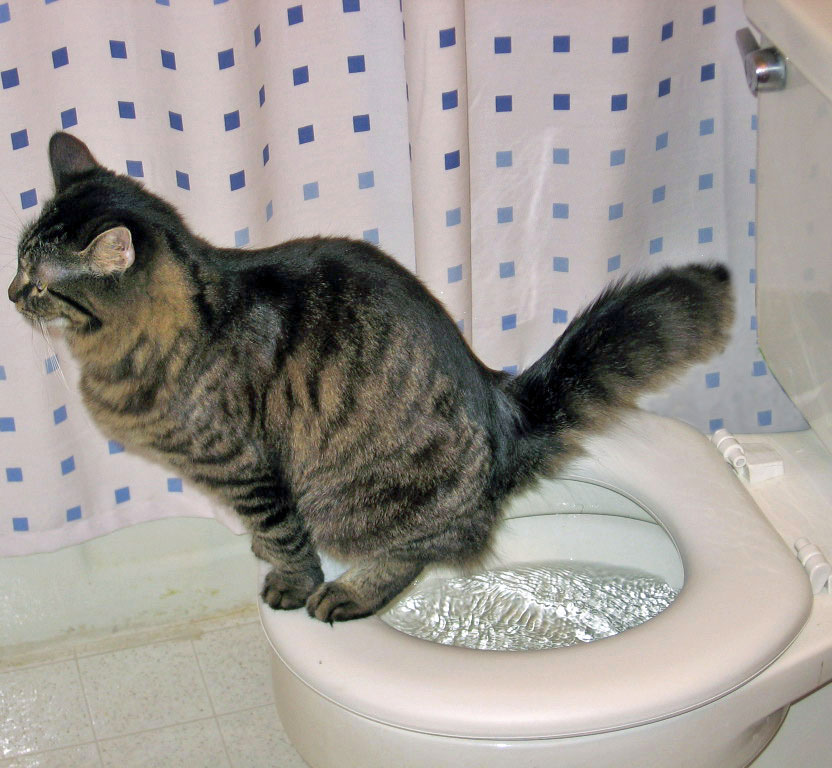Your Results of Flushing Animal Waste Down the Toilet
Your Results of Flushing Animal Waste Down the Toilet
Blog Article
They are making a few good observations on Don't Flush Your Pets Poo Down The Loo, Vet Warns overall in this article just below.

When it comes to disposing of waste, particularly animal waste, lots of people usually resort to the practical alternative of flushing it down the toilet. However, this relatively very easy remedy can have serious effects for the atmosphere and public health. In this article, we'll discover why flushing pet waste down the bathroom is a negative idea and offer different approaches for correct disposal.
Intro
Proper waste disposal is crucial for maintaining environmental sustainability and public health. While it may seem harmless to purge animal waste down the bathroom, it can result in various problems, both for the atmosphere and human wellness.
Dangers of flushing pet waste
Environmental impact
Purging pet waste presents dangerous germs and virus right into waterways, which can negatively affect marine ecological communities. These pathogens can infect water resources and damage aquatic life, disrupting fragile environments.
Public health concerns
Pet waste consists of damaging microorganisms such as E. coli and Salmonella, which can present serious health risks to people. Flushing pet waste down the bathroom can pollute water materials, causing the spread of diseases and infections.
Alternatives to flushing
As opposed to flushing animal waste down the toilet, there are numerous alternate disposal techniques that are much more environmentally friendly and hygienic.
Composting
Composting pet waste is an environmentally friendly method to take care of it. By composting, organic matter is broken down right into nutrient-rich soil, which can be utilized to feed yards and plants.
Landfill disposal
Disposing of animal waste in a garbage dump is one more alternative. While not as eco-friendly as composting, it is a more secure choice to flushing, as it stops the contamination of water resources.
Family pet waste disposal systems
There are specialized pet waste disposal systems offered that securely and hygienically take care of animal waste. These systems frequently utilize enzymes to break down waste and remove odors.
Steps to correct animal waste disposal
To make sure correct disposal of pet waste, comply with these steps:
Scooping and landing waste
Routinely scoop and bag pet waste using biodegradable bags. This avoids waste from infecting the setting.
Utilizing marked waste containers
Dispose of bagged pet waste in assigned waste containers, such as compost containers or garbage dump bins. Stay clear of flushing it down the toilet whatsoever costs.
Cleaning up can and animal locations frequently
On a regular basis clean litter boxes and pet dog locations to stop the build-up of waste and germs. Usage pet-safe cleansing items to maintain hygiene.
Benefits of appropriate disposal techniques
Embracing appropriate disposal methods for pet waste offers numerous benefits:
Reduced environmental pollution
Proper disposal techniques decrease the danger of environmental pollution, shielding rivers and communities from contamination
Lessened threat of water contamination.
By avoiding flushing animal waste down the toilet, the risk of water contamination is substantially lowered, securing public health.
Boosted hygiene and health
Appropriate disposal approaches advertise far better sanitation and hygiene, creating a more secure setting for both human beings and pets.
Conclusion
Finally, flushing animal waste down the toilet is damaging to the atmosphere and public health. By adopting alternative disposal techniques and adhering to proper waste monitoring practices, we can reduce the adverse impact of animal waste and contribute to a cleaner, healthier earth.
What To Do With Dog Poo – The Do's And Don'ts Of Disposing Of Faeces
Dog poo bins
Some councils provide dedicated dog waste bins in popular dog-walking areas that can take dog poo that has been bagged but you can legally dispose of dog waste in any public litter bin, as long as it is securely bagged. This also applies to your wheelie bin at home.
Do not flush
Water companies do not recommend flushing dog faeces down the toilet because certain parasites can survive the water processing treatment and are potentially harmful to humans. You should also never consider flushing dog poo that has been bagged down the toilet as the bags will not break down and instead create severe blockages in the sewage system.
In the woods
The Forestry Commission promotes a ‘stick and flick’ method for dealing with waste in the woods. This means finding a stick and using it to flick any poo from off the path so that it is out of the way of other walkers. You could also bury it as long as it is not in an area where there might be livestock.
Livestock
Parasites found in dog poo can be transmitted to livestock if they inadvertently eat infected faeces that has been left on grazing land. This could result in the death of sheep or abortion in cattle so you should always make sure you pick up your dog’s waste in fields where livestock could be present.

On a regular basis clean litter boxes and pet dog locations to stop the build-up of waste and germs. Usage pet-safe cleansing items to maintain hygiene.
Benefits of appropriate disposal techniques
Embracing appropriate disposal methods for pet waste offers numerous benefits:
Reduced environmental pollution
Proper disposal techniques decrease the danger of environmental pollution, shielding rivers and communities from contamination
Lessened threat of water contamination.
By avoiding flushing animal waste down the toilet, the risk of water contamination is substantially lowered, securing public health.
Boosted hygiene and health
Appropriate disposal approaches advertise far better sanitation and hygiene, creating a more secure setting for both human beings and pets.
Conclusion
Finally, flushing animal waste down the toilet is damaging to the atmosphere and public health. By adopting alternative disposal techniques and adhering to proper waste monitoring practices, we can reduce the adverse impact of animal waste and contribute to a cleaner, healthier earth.
What To Do With Dog Poo – The Do's And Don'ts Of Disposing Of Faeces
Dog poo bins
Some councils provide dedicated dog waste bins in popular dog-walking areas that can take dog poo that has been bagged but you can legally dispose of dog waste in any public litter bin, as long as it is securely bagged. This also applies to your wheelie bin at home.
Do not flush
Water companies do not recommend flushing dog faeces down the toilet because certain parasites can survive the water processing treatment and are potentially harmful to humans. You should also never consider flushing dog poo that has been bagged down the toilet as the bags will not break down and instead create severe blockages in the sewage system.
In the woods
The Forestry Commission promotes a ‘stick and flick’ method for dealing with waste in the woods. This means finding a stick and using it to flick any poo from off the path so that it is out of the way of other walkers. You could also bury it as long as it is not in an area where there might be livestock.
Livestock
Parasites found in dog poo can be transmitted to livestock if they inadvertently eat infected faeces that has been left on grazing land. This could result in the death of sheep or abortion in cattle so you should always make sure you pick up your dog’s waste in fields where livestock could be present.

As a devoted reader on Should you flush animal waste down the toilet, I figured sharing that piece was smart. Enjoyed reading our write up? Please quickly share it. Let someone else locate it. Thank you so much for going through it.
Visit My Site Report this page